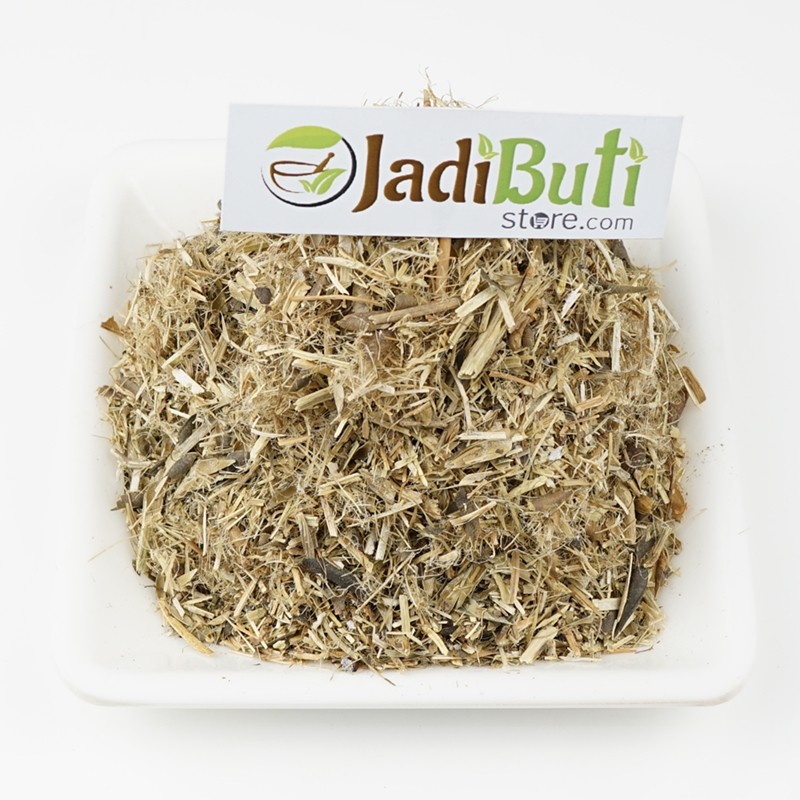S
Showing 25–36 of 62 results
-
Sale!

 25%
25% Musli (Safed Musli) – सफ़ेद मूसली – White Musale – Chlorophytum Borivilianum
₹340.00 – ₹3,020.00Quick ViewSafed Musli | Musli White
Chlorophytum borivilianum | Product : Dried Musli Organic
Ayurvedic Classification Description Rasa (taste) Sweet, bitter, and pungent Guna (qualities) Guru (heavy), snigdha (unctuous), and vishada (non-slimy) Virya (potency) Cooling Vipaka (post-digestive effect) Sweet Dosha effect Pacifies Pitta and Vata doshas Karma (actions) Adaptogenic, aphrodisiac, immunomodulatory, galactagogue, and antioxidant Dhatu (tissue) affinity Works primarily on the reproductive and nervous tissues Srotas (channel) affinity Works primarily on the reproductive and nervous channels Prabhava (special effect) Increases desire and performance Active compounds & benefits found in safed musli (Chlorophytum borivilianum):
Active Compound Benefits Saponins Aphrodisiac, adaptogenic, and immune-boosting properties Polysaccharides Immunomodulatory and anti-inflammatory properties Alkaloids Antioxidant and anti-inflammatory properties Flavonoids Antioxidant and anti-inflammatory properties Phenolics Antioxidant and anti-inflammatory properties Proteins and amino acids Essential for growth and repair of body tissues Vitamins and minerals Essential for overall health and well-being -
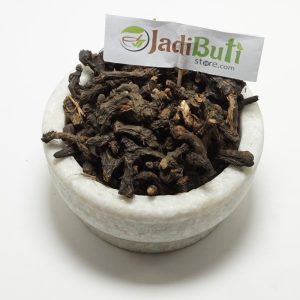
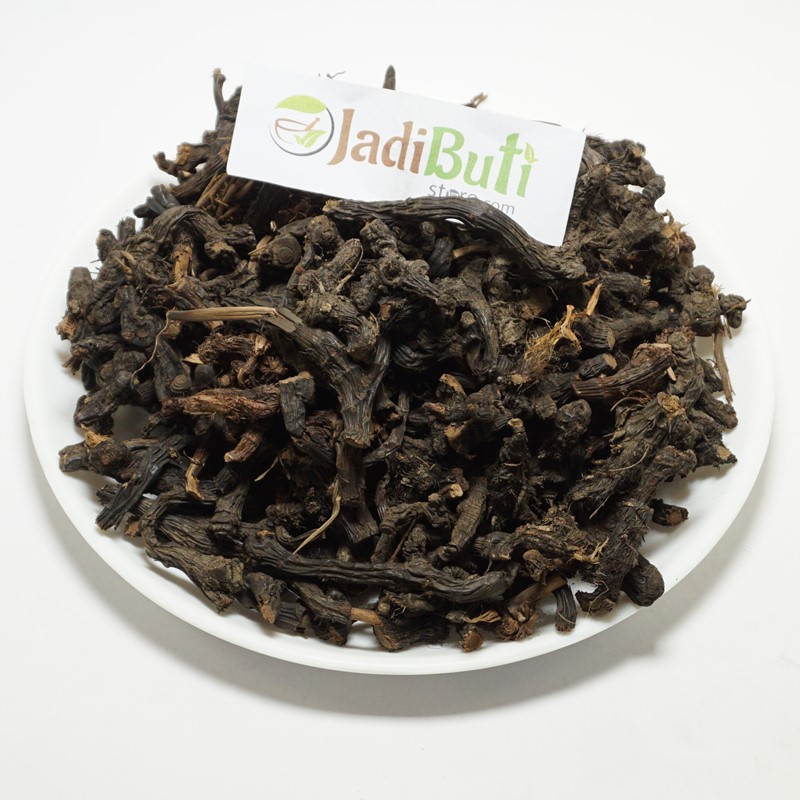
Nagarmotha – नागरमोथा – Sedge Root – Cyperus rotundus
₹90.00 – ₹730.00Quick ViewNagarmotha (Cyperus rotundus) is a perennial herbaceous plant that is widely used in Ayurvedic medicine for its various health benefits. It is native to India and is also known by the common names of Nutgrass, Coco grass, and Mustaka.
Here are some key features and uses of Nagarmotha in Ayurveda:
Key Features:
- Digestive aid
- Anti-inflammatory
- Diuretic
- Antimicrobial
- Anti-diabetic
- Anti-cancer
Uses:
- Improving digestion and treating digestive disorders such as indigestion, diarrhea, and dysentery.
- Alleviating pain and inflammation associated with various health conditions such as arthritis and menstrual cramps.
- Promoting urination and treating urinary tract infections and kidney problems.
- Fighting against microbial infections such as bacterial and fungal infections.
- Regulating blood sugar levels and treating diabetes.
- Fighting against cancer cells and preventing the formation of tumors.
-


Pyaj Beej – प्याज बीज – Onion Seed – Allium cepa
₹90.00 – ₹690.00Quick ViewName Allium cepa seed Other Names Onion seed, Pyaj ka beej (Hindi) Rasa (Taste) Pungent, Bitter, Astringent, Sweet Virya (Energy) Heating Vipaka (Post-Digestive Effect) Sweet Guna (Qualities) Light, Dry Health Benefits – Stimulates digestion and improves appetite.
-Helps relieve respiratory conditions like cough and asthma.
– Reduces inflammation and pain in the body.
– Prevents infections and promotes healing.
– Helps strengthen the immune system.
– Has antibacterial properties that prevent and treat skin infections.Parts Used Seeds -

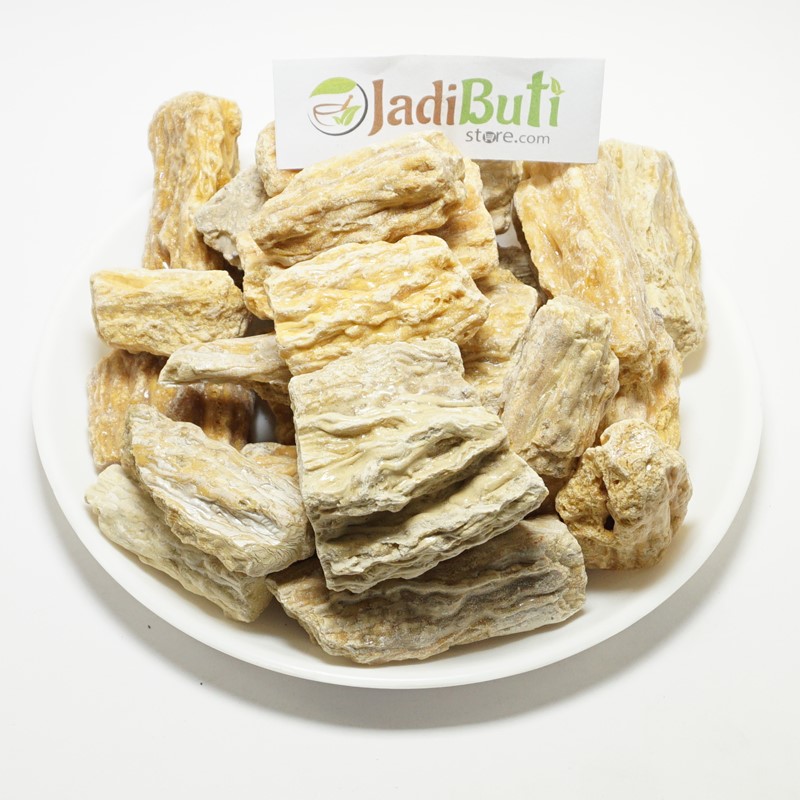
Raal – राल – Sal Tree – Shorea Robusta
₹170.00 – ₹1,150.00Quick ViewRaal – राल – Sal Tree – Shorea Robusta.
Raal Name In Different Languages:
Raal in English name – Resin, Rosin, Sal Tree
Raal in Hindi name – Raal
Raal in Latin name – Shorea Robusta
Raal in Punjabi : Shala,
Raal in Bengali : Shaalgaach,
Raal in Gujrati : Shaalvriksh,
Raal in Kannada : Kabba, Saal,
Raal in Malayalam : Saalvriksham, Mulappumarutu,
Raal in Marrathi : Shaalvriksh, Raalchaavriksha,
Raal in Oriya : Salva, Shaaluaagachha,
Raal in Tamil : Saalam,
Raal in Telugu : Guggilam
Quality :
This is a glue of shawl tree. It eliminates the acrid, cold (cold), juice- rich , blood-borne diseases , lethal (leprosy) and burning , fracture and diarrhea (diarrhea) .
Useful in various diseases :
1. Cough:
- Mixing about half grams of 1 gram resin with small peepal, turmeric, honey and ghee, it provides relief in cough diseases by taking it in the morning and evening.
- If the patient is consumed with a fourth part of approximately 1 gram, then the cough (mucus) is easily removed and coughing is also stopped.
2. Prostration Disease: Mixing 4 grams of sugar in 1 gram white resin and eating it with milk in the morning and evening gives benefits in the disease.
-

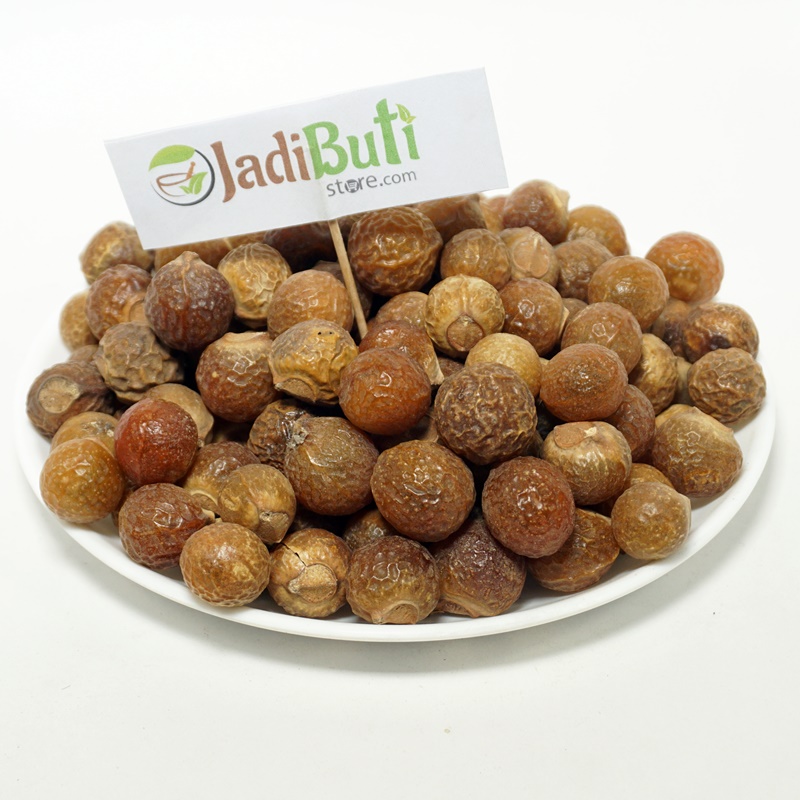
Reetha – Ritha – Soap Nut – Indian soapberry
₹80.00 – ₹625.00Quick ViewReetha | Indian Soapberry
Ayurvedic classification of Indian Soapberry (Sapindus Mukorossi):
Ayurvedic Classification Description Rasa (taste) Astringent, bitter, and sweet Guna (qualities) Light, dry, and sharp Virya (potency) Cooling Vipaka (post-digestive effect) Sweet Dosha effect Pacifies Pitta and Kapha doshas Karma (actions) Cleansing, purifying, detoxifying, anti-inflammatory, antifungal, and insecticidal Dhatu (tissue) affinity Works primarily on the skin and blood tissues Srotas (channel) affinity Works primarily on the digestive, respiratory, and urinary channels Prabhava (special effect) Natural surfactant, making it useful as a soap or cleanser Active compounds and their benefits found in Indian Soapberry (Sapindus Mukorossi):
Active Compound Benefits Saponins Natural surfactants that provide cleaning and foaming properties in soap and shampoo products Sapindoside A/B Anti-inflammatory and anti-cancer properties Quercetin Antioxidant and anti-inflammatory properties Kaempferol Anti-inflammatory and anti-cancer properties Gallic acid Antioxidant and anti-inflammatory properties Triterpenoids Antioxidant and anti-inflammatory properties Flavonoids Anti-inflammatory, antimicrobial, and anti-cancer properties -

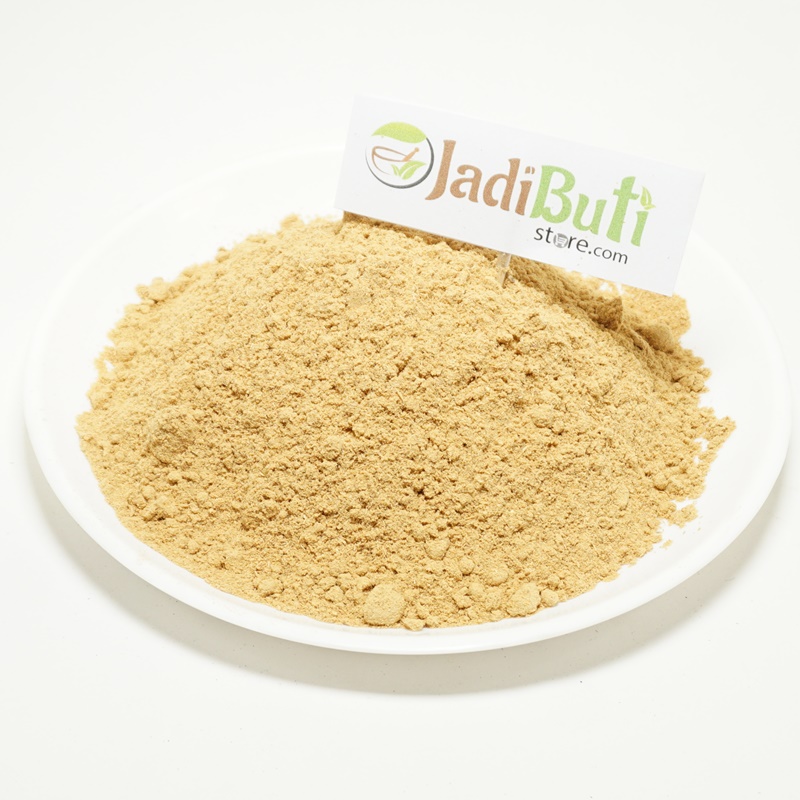
Safed Chandan powder – सफ़ेद चंदन – White Sandalwood powder – Pterocarpus santalinus
₹280.00 – ₹3,565.00Quick ViewWhite sandalwood powder is a fine powder made from the heartwood of the Santalum album tree, which is native to India and other parts of Asia. It has been used for centuries in Ayurveda, the traditional Indian system of medicine, as a natural remedy for various health and beauty conditions. White sandalwood powder is rich in antioxidants and has anti-inflammatory, antiseptic, and astringent properties. It is a popular ingredient in skincare, hair care, and medicinal products. It can be used to soothe and moisturize the skin, reduce acne and dark spots, promote hair growth, and relieve sunburn and inflammatory conditions. White sandalwood powder is also used in aromatherapy and meditation practices for its calming and grounding effects on the mind.
Ayurvedic Safed Chandan (White Sandalwood):
Ayurvedic Classification Description Rasa (taste) Bitter, astringent, sweet Guna (qualities) Light, dry, cool Virya (potency) Cooling Vipaka (post-digestive effect) Sweet Dosha effect Pacifies Pitta and Vata doshas Karma (actions) Cooling, soothing, anti-inflammatory, anti-bacterial, and anti-viral Dhatu (tissue) affinity Works primarily on the plasma, blood, and reproductive tissues Srotas (channel) affinity Works primarily on the respiratory, digestive, and reproductive channels Prabhava (special effect) Calming and cooling effect on the mind and body -
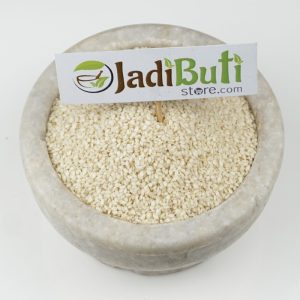
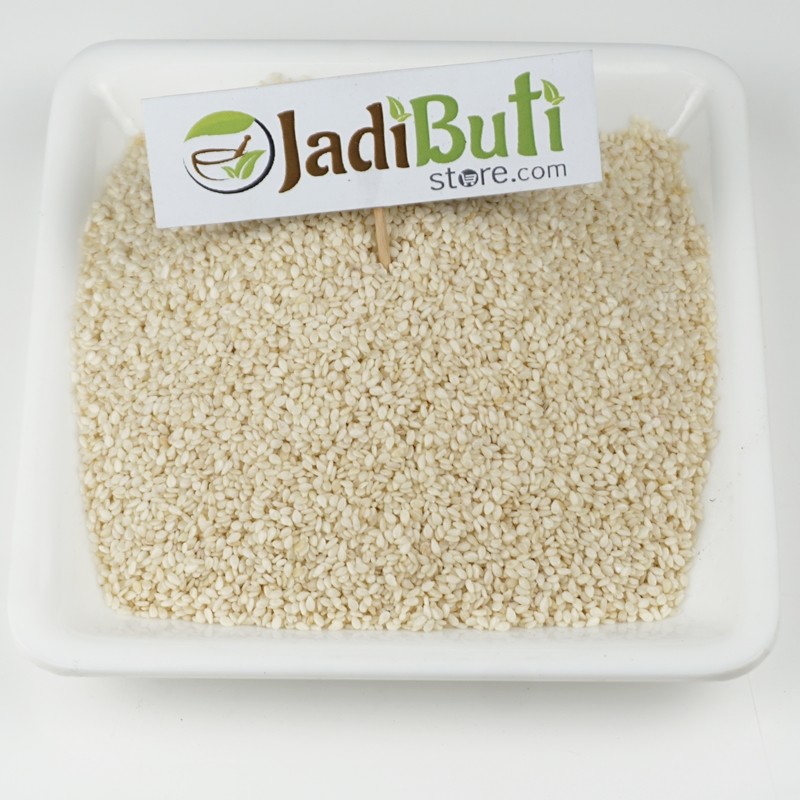
Safed Til – सफ़ेद तिल – WHITE SESAME SEEDS – SESAMUM INDICUM
₹120.00 – ₹890.00Quick ViewSafed Til – सफ़ेद तिल – WHITE SESAME SEEDS – SESAMUM INDICUM
Mostly, sesame is used with food in the winter season. There are three kinds of sesame according to color as- white, red and black. Mostly, black sesame is used in the medicines. Sesame and sugar are used to make rebri. It is grown in enough quantity in India. Sesame can be grown alone or with crop of cotton or cattail or myrabalan chebulie or groundnut. India is excellent place to grow sesame.
Sesame oil: Sesame oil is heavy, wet and warm in nature. It increases body strength, memory power, Wellness power and appetite. It helps in stool clearly and improves the skin color. It cleans and purifies the uterus. It normalizes vatta, pitta and kahpa. It is useful for the treatment of blood disorders caused by bile, diabetes, ears pain, Vulva pain and headache.
Name in different languages:
English : Gingeli sesame
Hindi : Til, Tilli ka tel
Sanskrit : Til, Tilli ka tel
Gujarati : Tal, Bheethu tel
Marathi : Til, Gouda tel
Bengali : Til
Parsian : Kunjand, Rogan kunjand
Arab : Sheeraj, Simsim, Samsam, Hul
Scientists : Setumun orintel
Color: white
Taste: Its juice is bitter, sweet, pungent and spicy.
Structure: One year’s plant of sesame is soft and hairy. Its tree is about 15-36 inches high. Its leaves’ upper part is simple, rectangle and in garland shape. Its leaves’ front part has lines and middle part is conical. Its leaves sides are divided in many parts like teeth. Its flowers are one and half inches long, purple, white and with yellow marks. Its pods are 2 inches long, quartern and front part is blunted.
Nature: Sesame is heavy, hot in nature and smooth. The light yellow liquid, which is extracted from sesame, is called sesame oil or sweet oil. Its offensive smell is interested. Its oil contains protein elements. Its seeds contain sisemolin, simemia, lypage, pradhanta, oitic, nicotinic acid, pamitic and linolic acid. Its seeds also contain styaric and glysraidus of arecidic acid in less quantity.
Precaution: Pregnant woman should not take sesame because it is very harmful for her.
-

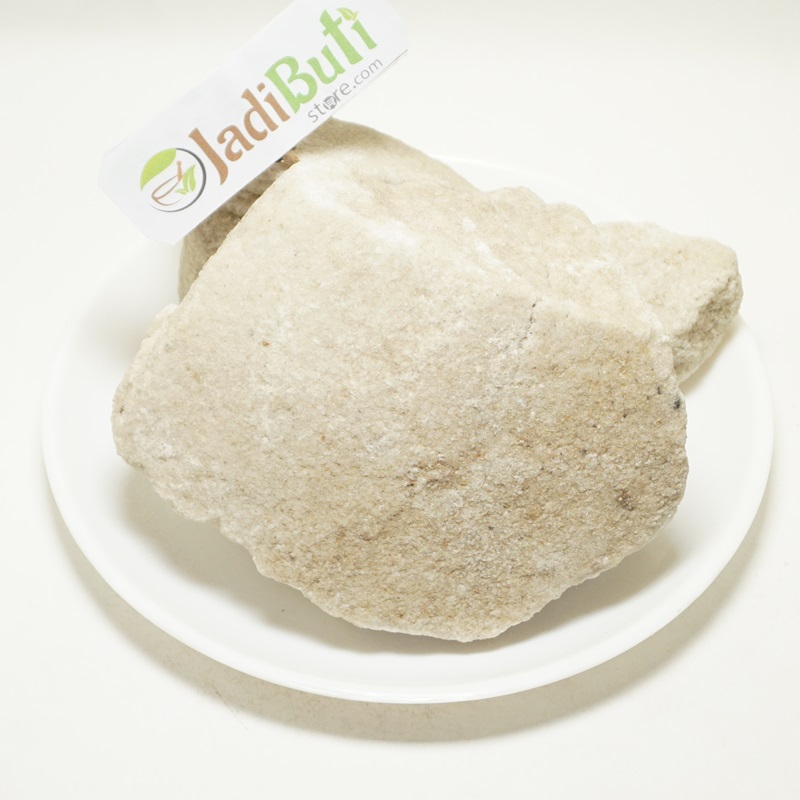
Sajjikhar – सज्जीखार – Haloxylon – Salsola stocksii
₹90.00 – ₹690.00Quick ViewAyurvedic Properties:
- Rasa (Taste): Sour
- Virya (Energy): Cooling
- Vipaka: Sour
- Guna (Quality): Light, Dry
Benefits of Sajjikhar: Digestive Health, Diuretic, Respiratory Health, Skin Health, Weight Loss, Pain Relief, Anti-inflammatory, Anti-allergic, and Anti-fungal.
-

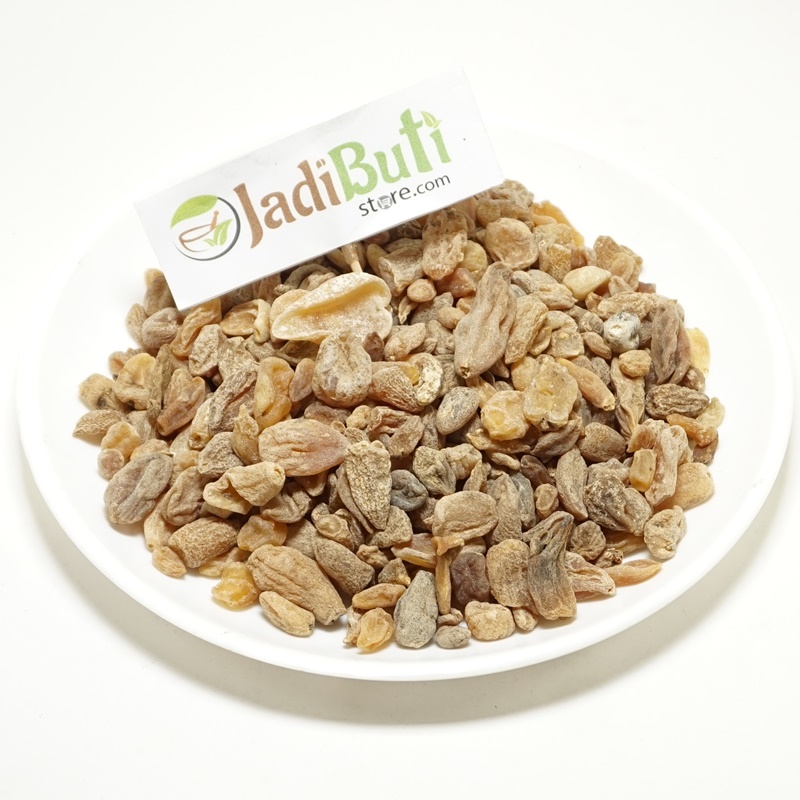 SOLD OUT
SOLD OUTSalab mishri – सालब मिश्री – Salep Orchid – Orchis latifolia
₹1,100.00 – ₹22,200.00Quick ViewSalab mishri is known in Ayurveda for its aphrodisiac properties and is used to improve sexual health and performance. Additionally, it is believed to have the following Ayurvedic properties:
- Vata balancing: Salab mishri is said to have a balancing effect on the Vata dosha, which is responsible for bodily movement and nervous system function.
- Pitta cooling: It is also believed to have a cooling effect on the Pitta dosha, which regulates digestion, metabolism, and energy production.
- Kapha stimulating: Salab mishri is thought to have a stimulating effect on the Kapha dosha, which is responsible for stability, lubrication, and immunity.
- Digestive stimulant: Salab mishri is used in Ayurveda to stimulate digestion and improve appetite.
- Respiratory tonic: It is also believed to have a toning effect on the respiratory system, helping to alleviate conditions such as asthma and bronchitis.
Overall, Salab mishri is considered to be a valuable herb in Ayurveda due to its various medicinal properties and its ability to support overall health and wellbeing.
-
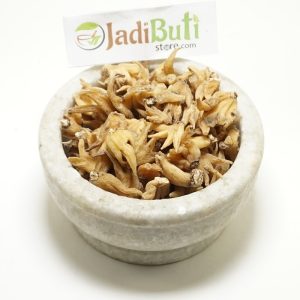

Salab Panja – सालब पंजा – Salep Orchid – Orchis latifolia
₹1,400.00 – ₹22,200.00Quick ViewSalab Panja – सालब पंजा – Salep Orchid – Orchis latifolia.
Ayurvedic classification and properties of Orchis latifolia:
Ayurvedic Classification Description Sanskrit Name Salabpunja (सालबपंजा) English Name Salep Orchid Botanical Name Orchis latifolia Family Orchidaceae Parts Used Tubers, roots Taste (Rasa) Sweet (Madhura) Energy (Virya) Cooling (Sheet Virya) Post-Digestive Effect (Vipaka) Sweet (Madhura) Dosha Effect Balances Pitta and Kapha doshas, may aggravate Vata dosha in excess Tissue (Dhatu) Affinity Reproductive tissue (Shukra dhatu) Channel (Srotas) Affinity Reproductive, urinary, and respiratory system Action (Karma) Aphrodisiac, nutritive, demulcent, diuretic, expectorant Active compounds and benefits found in Orchis latifolia (Salab panja) :
Active Compound Benefits Flavonoids Antioxidant, anti-inflammatory, and anti-cancer properties Tannins Anti-inflammatory, antimicrobial, and astringent properties Phenolic compounds Antioxidant and anti-inflammatory properties Glycosides Cardiotonic, diuretic, and anti-inflammatory properties Alkaloids Analgesic and anti-inflammatory properties Saponins Anti-inflammatory, antifungal, and antibacterial properties Terpenoids Antioxidant, anti-inflammatory, and anticancer properties Starch Provides energy and supports digestion -

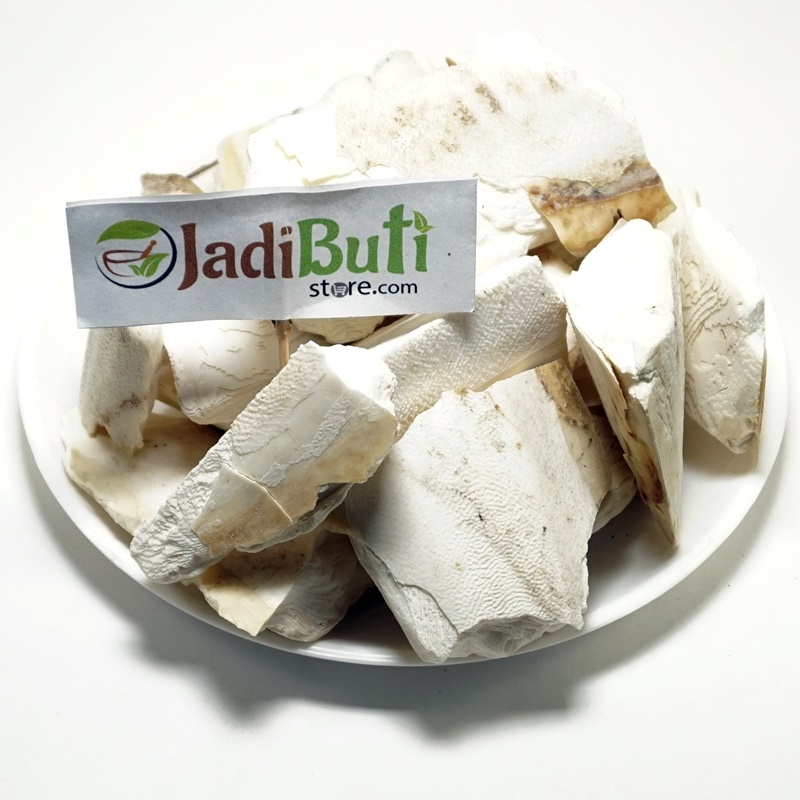
samudri jhaag – समुद्री झाग – Samunder Fen – Marine Foam
₹140.00 – ₹1,100.00Quick Viewsamudri jhaag – समुद्री झाग – Samunder Fen – Sepiae Os.
Samundari jhaag English name – Samunder Fen, Cuttlebone
Samundari jhaag Hindi name – samudri jhaag, Chitraka
Samundari jhaag Latin name – Sepiae Os
Samundari jhaag Sanskrit : Chitraka
Samundari jhaag Bengali : Chitra
Samundari jhaag Tamil : Chittarai
Samundari jhaag Telugu : Chitraka
Samundari jhaag Kannada : Chitrakayi
Samundari jhaag Marathi : Chitra


